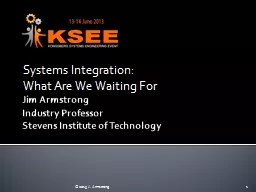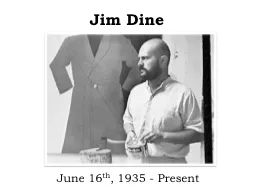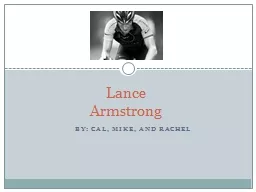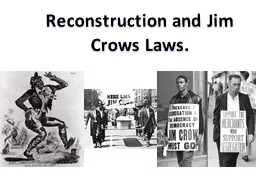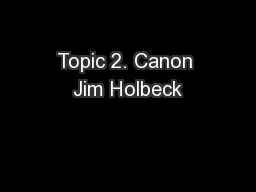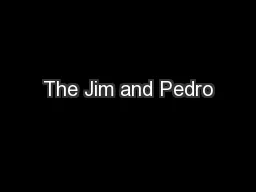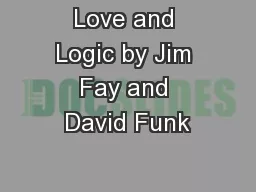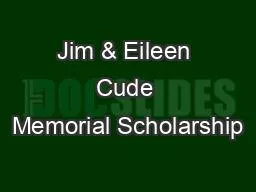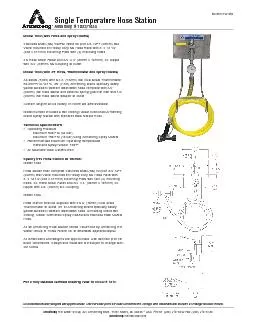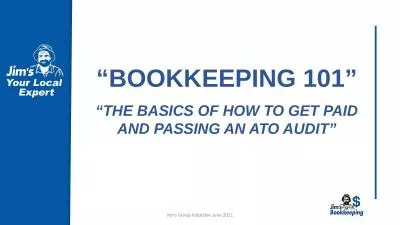PPT-Jim Armstrong
Author : tatyana-admore | Published Date : 2016-05-01
Industry Professor Stevens Institute of Technology Systems Integration What Are We Waiting For 2013 J Armstrong 1 Repeat Errors Part I Fire Engine Too Big Florida
Presentation Embed Code
Download Presentation
Download Presentation The PPT/PDF document "Jim Armstrong" is the property of its rightful owner. Permission is granted to download and print the materials on this website for personal, non-commercial use only, and to display it on your personal computer provided you do not modify the materials and that you retain all copyright notices contained in the materials. By downloading content from our website, you accept the terms of this agreement.
Jim Armstrong: Transcript
Download Rules Of Document
"Jim Armstrong"The content belongs to its owner. You may download and print it for personal use, without modification, and keep all copyright notices. By downloading, you agree to these terms.
Related Documents

